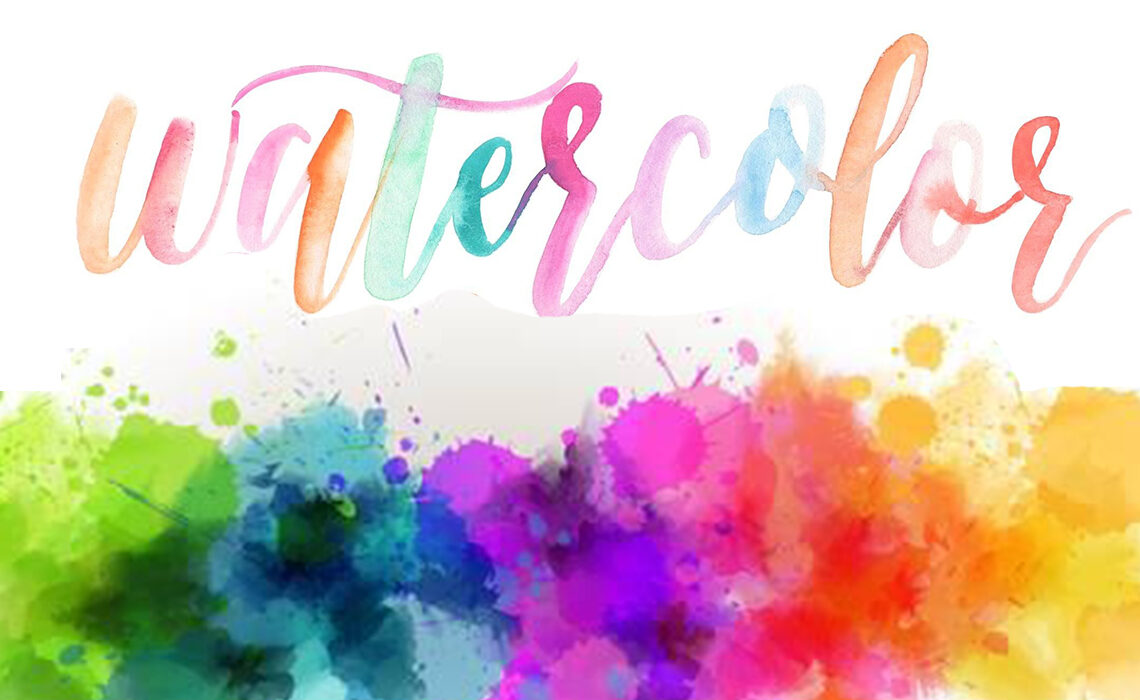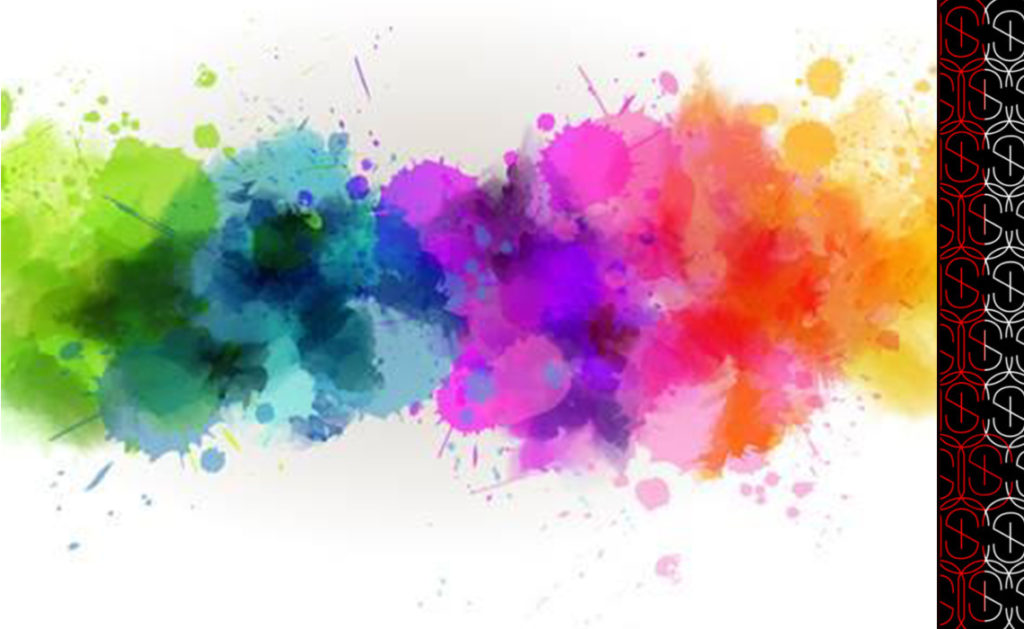
What You Should Know About Watercolors
Watercolors are not only beautiful, but also intimidating, considering the flowing colors, the unpredictable pigment, as well as the spectrum of saturation. Among the top accessible and simplest forms of art is watercolor painting – paints, water, brush, and paper, are all that is required for you to get started.
ESSENTIAL WATERCOLOR TECHNIQUES
- WET ON WET APPROACH: This technique requires you to wet part of the paper with brush using water or a little pigment. After that, put your brush in a different color and lightly dot the wet part of the paper.
- DRY BRUSH: The name of this technique makes it self-explanatory. It requires that you get a dry brush and put in paint. After some time, spread the brush on a dry paper.
- SALT: Salt soaks up color and designs a sandy-looking effect when applied to watercolor paper. To get this done, you should firstly be done with your painting, then spread salt on. You are to wait till it is utterly dry before scraping the salt away.
HISTORY OF WATERCOLORS
The late 1400s was when watercolor emerged to western artists. Artists used to formulate, arrange and grind their watercolor paints, with the intent to enshroud their secret recipes and techniques to themselves. The first paint manufacturers established shop in major cities of Europe in the 18th century. Watercolor paints used to be hard, making artists having to break the clump into utilizable bits and grind them in water. As time moved on, artistic businessmen started making ready-made watercolor paints for artist
FAMOUS WATERCOLOR ARTISTS
- WINSLOW HOMER: Winslow Homer painted a considerable amount of magnificent watercolors during his winter holidays of 1885-1886 in Nassau. He is the designer of A Wall, Nassau – the scene is composed of lush tropical colors and Caribbean light.
- ANDREW WYETH: In 1948, he designed the popular egg tempera painting – he made use of curvy lines and echoed shape.
- JOHN SINGER SARGENT: He designed Figure with Red Drapery – he made use of vibrated space with the bravura of brushwork.



